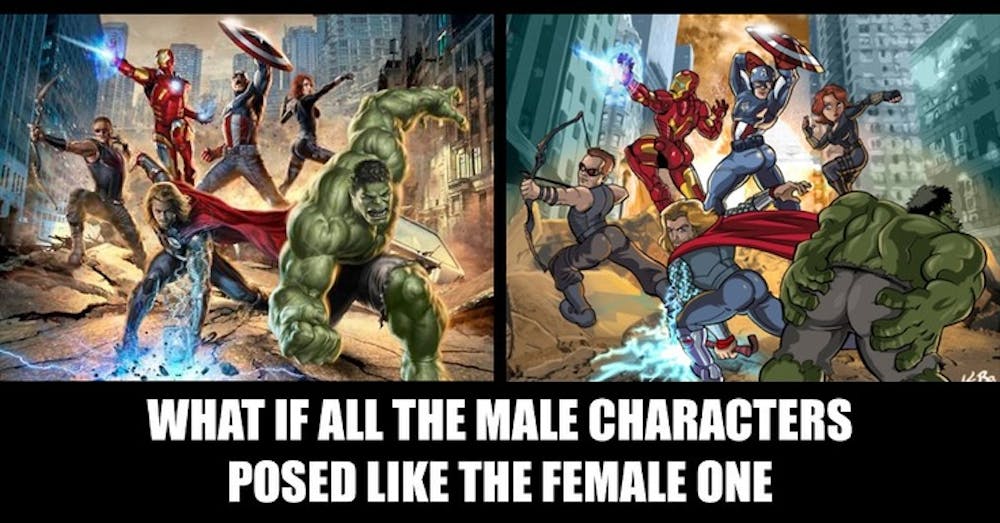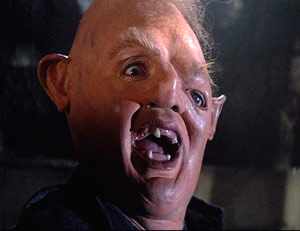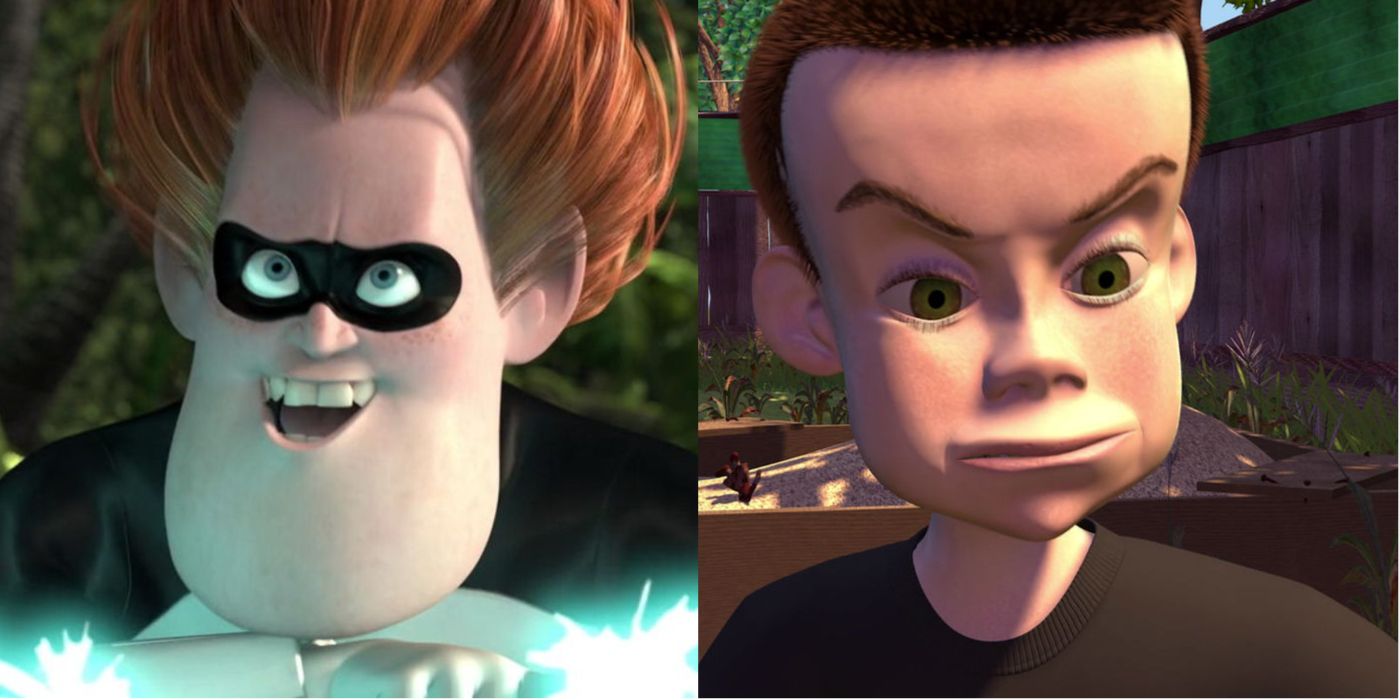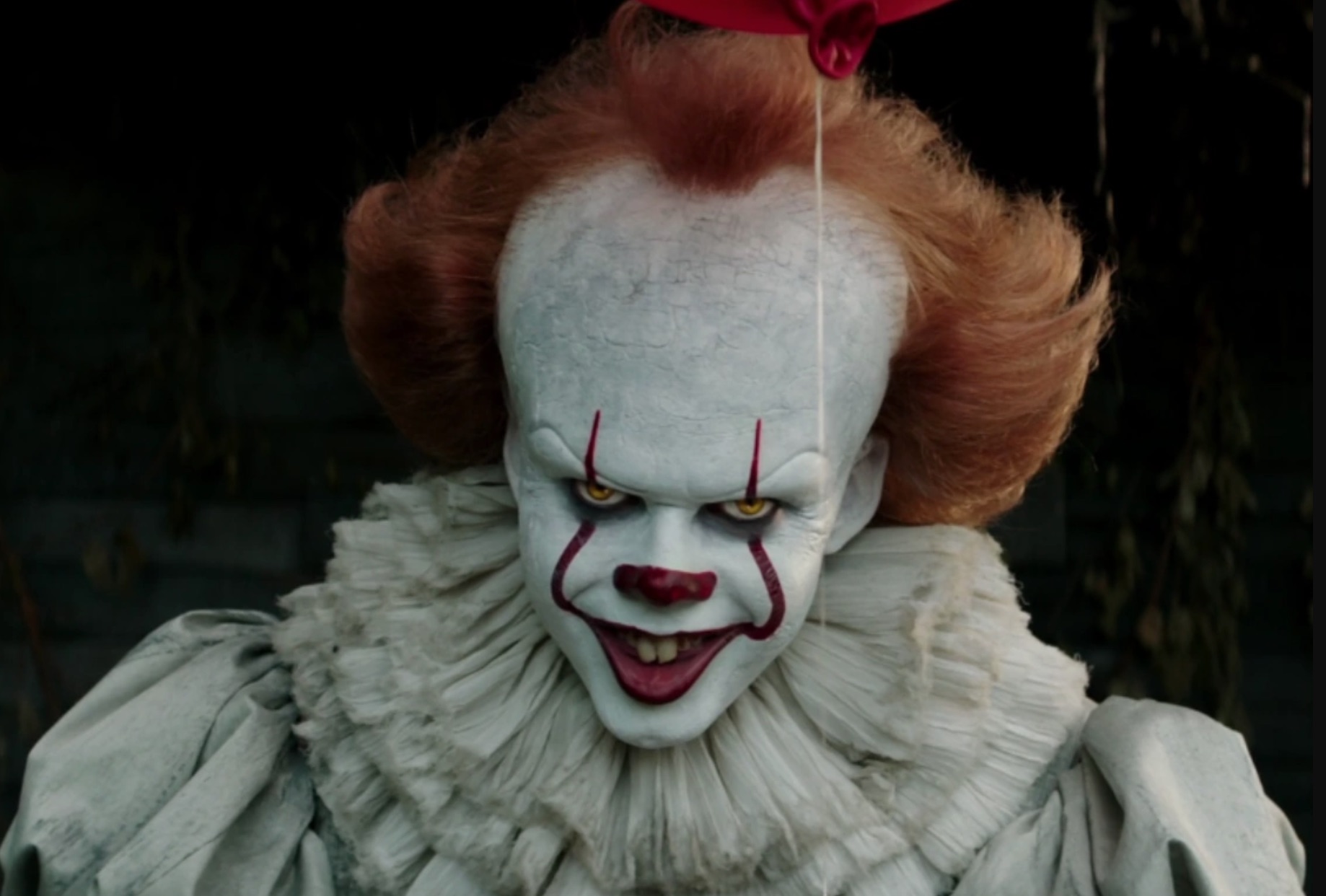Man... I love making funny/cool/informative Youtube videos of my travels/experiences. I am pretty good at it too. The problem with this though, is that these Youtube videos have no plot and are just for fun, so trying to think of a plot for this horror movie that me and my peers were trying to make was really hard. Given, most horror movies have crappy plots, I still wanted to make it good.
Here is a link to my Youtube channel, give it a look. ;)
I think for next time, I would chose comedy because that is what I'm good at, and maybe Avant-Garde because that doesn't require much of a plot. We just put together a bunch of ideas without really any form or meaning and put spooky music in the background and we hope it gets people's heart rates rising.
Our story was about a terrible case of sleep paralysis, where the main character gets haunted every night when she goes to sleep and she wakes up in a random place, not knowing where she is, or what she did during the night. The film starts with a shot of the protagonist waking up with blood on her hands. She doesn't know whose blood it is. The film ends with the "thing" coming at night to haunt her again.









